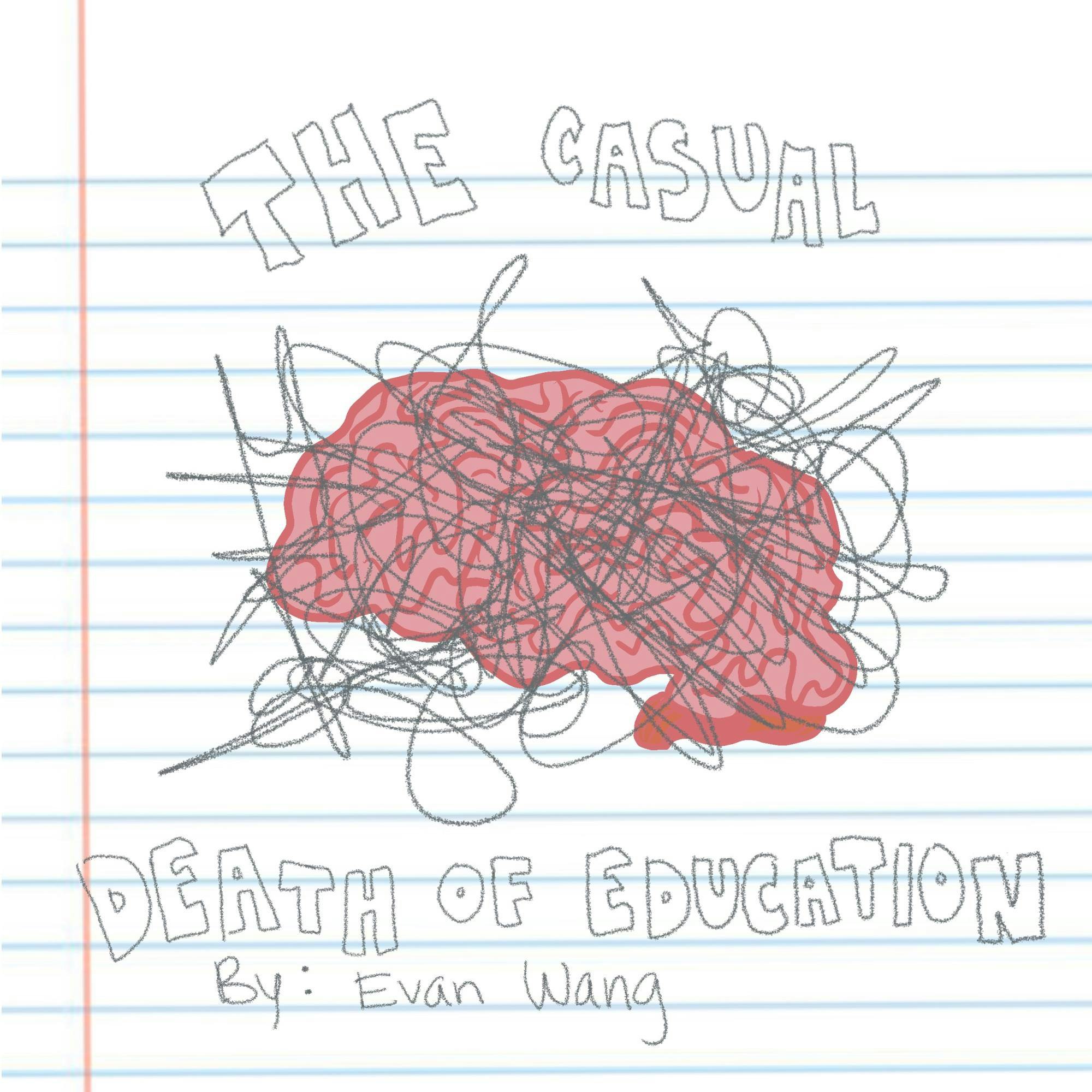When I was in middle school, I became seriously sick due to an asthma attack. While I recovered relatively well, I continued to use my sickness to persuade my parents to let me stay home which resulted in me missing weeks of school. While I felt great about not having to listen to my teachers or learn algebra, the results were predictable: I failed most of my classes during the last quarter of seventh grade. The ramifications of my actions continue to this day, as I struggle deeply with math because I skipped so many days of class back in seventh grade. My experience is not unique; chronic absenteeism, as this phenomenon is called, is a persistent problem for millions of American students.
Chronic absenteeism is defined as missing school more than ten percent of the time, which is about 18 days of school per academic year. After the COVID-19 pandemic and the resulting chaos in the education sector, chronic absenteeism surged to around 28.3% during the 2021-22 school year. In the 2018-19 school year it was just 14.8%. Studies have long shown the adverse effects of chronic absenteeism. One study by The University of Chicago shows that students who were chronically absent in preschool are five times more likely to be chronically absent by the second grade. This is likely to compound issues later down the line as chronic absenteeism is linked to decreased reading skills and is likely to cause deficiency in other academic areas. In total, chronic absenteeism at any point in the K-12 period has adverse effects, ranging from a decreased probability of graduating from high school to a higher risk of criminal behavior.
All of this is to say that chronic absenteeism is seriously threatening our education system and results in students who are less and less capable of facing the problems of the modern world. It is also a very difficult problem to tackle as the causes of chronic absenteeism range widely, from poverty and illnesses to the mental health crisis. However, it is not a problem that we can ignore any longer. The solutions to this issue are as varied as the causes themselves. To address the problem, look to examples such as what’s being done at Grandpoint Academy in Ecorse, Mich. The school has started using home visits to combat the crisis. This allows administrators to gauge the difficulties that people are encountering and place more pressure on parents to get their kids to school.
We as a nation also need to accept the failure of some of our students. If some students are chronically absent and below grade level in their academic proficiency, schools should be able to hold them back a year instead of pushing them forward when they are not academically or socially ready. The issue of chronic absenteeism is becoming increasingly dire, and we as a nation need to pay attention to the problem at the level it demands.






